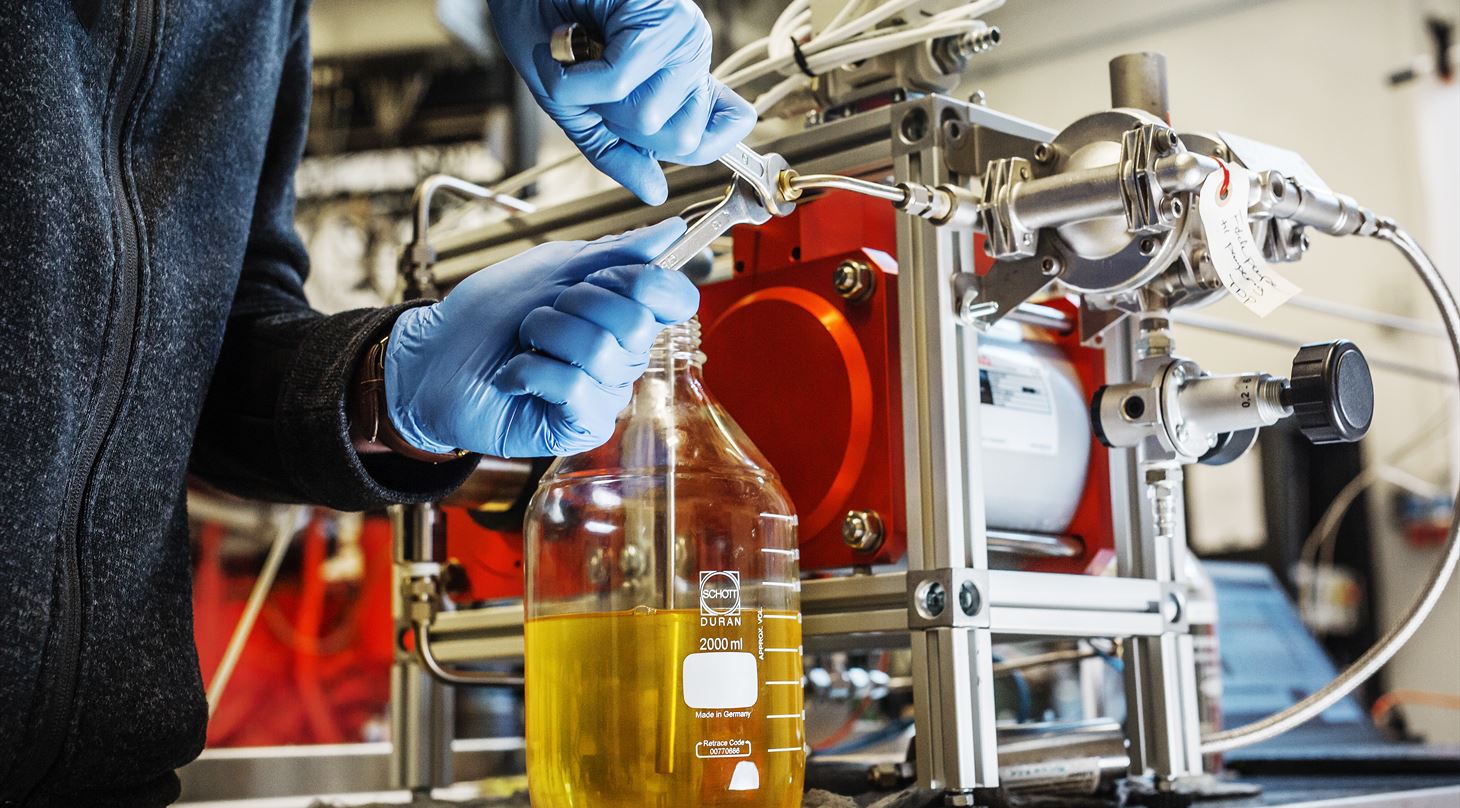
AFLOAT - Ammonia Fuelled Combustion for Marine Applications - System Overview
Select Page
In AFLOAT, we are developing and adapting the entire ship’s energy system so it can operate efficiently and safely on ammonia as fuel.
Below you can see how the main components - from hydrogen production and combustion to engine, boiler, and exhaust - work together in AFLOAT’s integrated solution.
Ammonia Tank
The ship is equipped with tanks where liquid ammonia is safely stored under pressure.
Cracker with Catalyst
When energy is needed, a portion of the ammonia is sent into a cracker - a heat exchanger specially designed and fitted with an internal catalyst. Here, the ammonia is split into hydrogen and nitrogen using heat and chemical processes, creating a fuel mixture of ammonia and hydrogen.
Engine and Boiler
This fuel mixture is supplied to the ship's engines, which provide propulsion, and to boilers, which generate heat and steam for use onboard.
Optimized Energy Utilization
The system is designed to recycle as much energy as possible. For example, waste heat from the engine’s exhaust can be used to preheat the ammonia before cracking.
Exhaust Gas Cleaning
Exhaust gases are treated with advanced catalysts to minimize environmental impact.